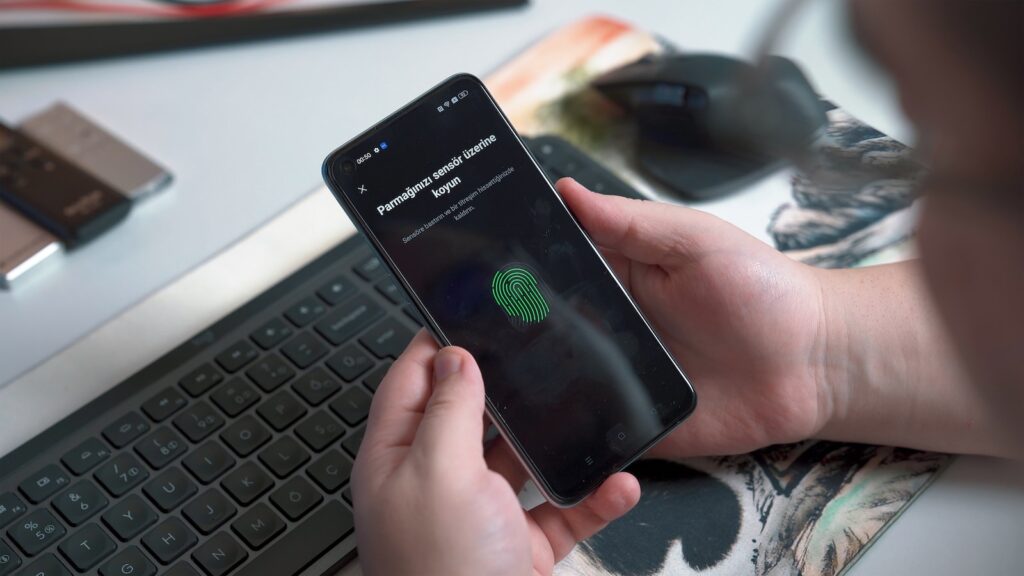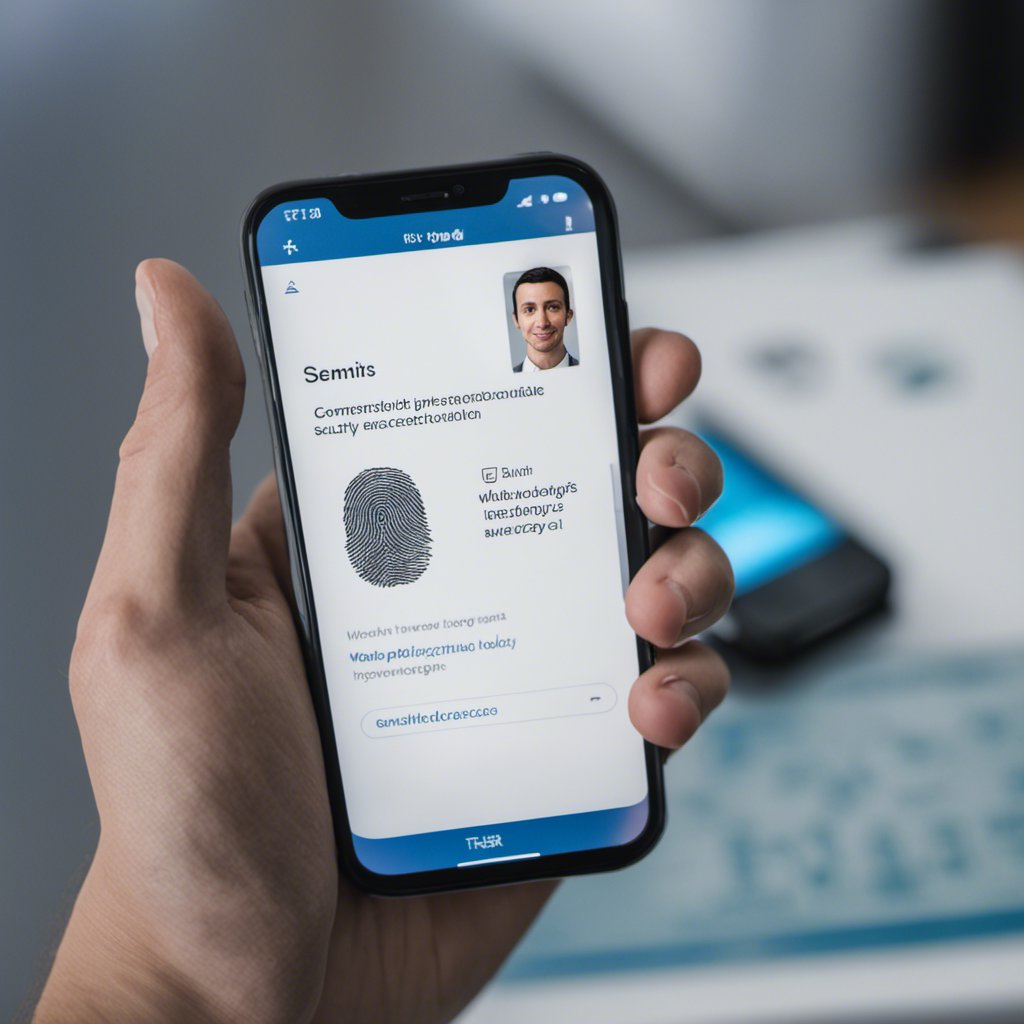In an era characterized by an increasing reliance on digital technology, the need for robust security measures has become paramount. The traditional username-password combination, once the cornerstone of online security, is now often deemed inadequate. Enter biometrics, a cutting-edge technology that leverages unique physical or behavioral traits to verify an individual’s identity. In this article, we will explore the role of biometrics in technology, its significance in enhancing security and user authentication, and how it is shaping the digital landscape.
The Rise of Biometrics
Biometrics has emerged as a powerful tool in the realm of technology, and it’s no surprise why. Traditional authentication methods, such as passwords and PINs, have their limitations. They can be forgotten, stolen, or easily guessed. Biometrics, on the other hand, relies on distinctive characteristics that are difficult to replicate or forget, offering a more secure and convenient means of verification.
Key Biometric Modalities
Biometric authentication encompasses a wide array of modalities, each harnessing a unique aspect of human biology or behavior. Some of the most prominent modalities include:
- Fingerprint Recognition: This modality analyzes the unique patterns of ridges and valleys on an individual’s fingertip. Fingerprint recognition is widely used in smartphones and access control systems.
- Facial Recognition: Facial biometrics utilizes algorithms to identify and verify a person based on their facial features. It’s commonly employed in unlocking smartphones and for surveillance purposes.
- Iris Scanning: Iris recognition examines the intricate patterns within the iris of the eye. It is highly accurate and is often used in high-security applications.
- Voice Recognition: Voice biometrics analyzes the unique vocal characteristics of an individual, such as pitch and cadence. It’s used in call centers and voice assistants.
- Behavioral Biometrics: This modality focuses on behavioral patterns, such as typing speed and keystroke dynamics. It is often employed in continuous authentication systems.
- DNA Biometrics: DNA analysis is the most secure form of biometrics, but it is mainly reserved for forensics and extremely high-security applications.
Enhancing Security
Unparalleled Security
One of the primary reasons biometrics have gained traction in the tech industry is their unparalleled security. Unlike traditional passwords, which can be stolen or guessed, biometric data is incredibly difficult to forge. For example, it’s nearly impossible to replicate someone’s fingerprint or iris pattern without their physical presence, making these modalities exceptionally secure.
Multi-Factor Authentication
Biometrics can also be used in conjunction with other authentication methods, creating multi-factor authentication (MFA) systems. MFA adds an extra layer of security by requiring users to provide multiple forms of verification before granting access. Biometrics, paired with a PIN or password, strengthens security further, as even if one factor is compromised, the other remains intact.
Continuous Authentication
Traditional authentication methods grant access at a single point in time, but biometrics can provide continuous authentication. This means that the system constantly verifies the user’s identity throughout their interaction, preventing unauthorized access even after initial login. Behavioral biometrics, for instance, can detect anomalies in typing patterns and trigger additional verification steps if necessary.

Enhancing User Authentication
Convenience and User Experience
Biometric authentication not only bolsters security but also enhances user authentication in terms of convenience and user experience. Users no longer need to remember complex passwords or worry about forgetting them. They simply need their own unique biometric feature, like their fingerprint or face, to access their accounts. This reduces the friction associated with traditional authentication methods, resulting in a smoother user experience.
Speed and Efficiency
Biometric authentication is incredibly fast and efficient. Unlocking a smartphone with a fingerprint or facial scan takes just a moment, eliminating the need to type in a password or PIN. In environments where quick access is crucial, such as mobile banking or emergency situations, this speed is a significant advantage.
Inclusivity and Accessibility
Another notable advantage of biometrics is their inclusivity. Unlike text-based passwords, which can be challenging for individuals with disabilities, biometric authentication is more accessible. Facial recognition, for example, doesn’t require physical dexterity, making it suitable for a broader range of users.
Privacy Concerns and Ethical Considerations
While the benefits of biometrics in technology are clear, there are valid concerns about privacy and ethics. Collecting and storing biometric data raises questions about its security, potential misuse, and the risk of data breaches. To address these concerns, it is crucial for organizations to implement robust security measures, encryption protocols, and strict access controls when handling biometric data.
Furthermore, organizations must be transparent about their data collection and usage policies, obtaining informed consent from users. Compliance with privacy regulations, such as GDPR (General Data Protection Regulation) in Europe, is essential to protect individuals’ rights and ensure ethical use of biometrics.
The Future of Biometrics in Technology
As technology continues to evolve, so does the role of biometrics. The future holds exciting prospects for this field:
Integration in IoT
Biometrics will likely play a more significant role in the Internet of Things (IoT). Smart homes, connected vehicles, and wearable devices may incorporate biometric authentication to enhance security and personalize user experiences.
Enhanced Accuracy
Advancements in biometric algorithms will lead to even greater accuracy and reliability. This will reduce false positives and enhance overall security.
Blockchain and Biometrics
Blockchain technology can be integrated with biometrics to create secure, decentralized identity systems. This can potentially eliminate the need for centralized identity providers, giving individuals more control over their data.
Cross-Platform Authentication
Biometric authentication will become more seamless across various devices and platforms, further enhancing user convenience. This may involve standardization efforts to ensure compatibility.
Conclusion
Biometrics in technology is revolutionizing security and user authentication. Its ability to provide robust security while enhancing convenience and inclusivity makes it a compelling choice for organizations and users alike. However, it is crucial to address privacy concerns and ethical considerations, ensuring that biometrics are used responsibly and transparently.
As technology continues to advance, biometrics will undoubtedly play a pivotal role in shaping the future of digital security and authentication. Embracing this technology with a thoughtful and ethical approach will pave the way for a safer and more user-friendly digital world.

